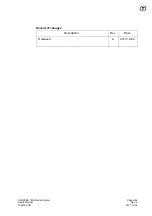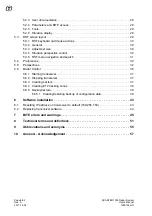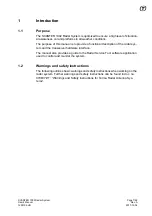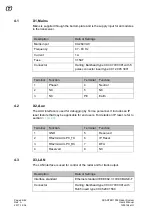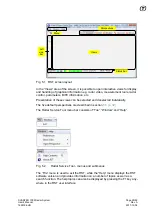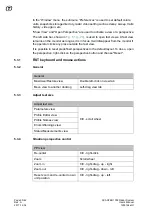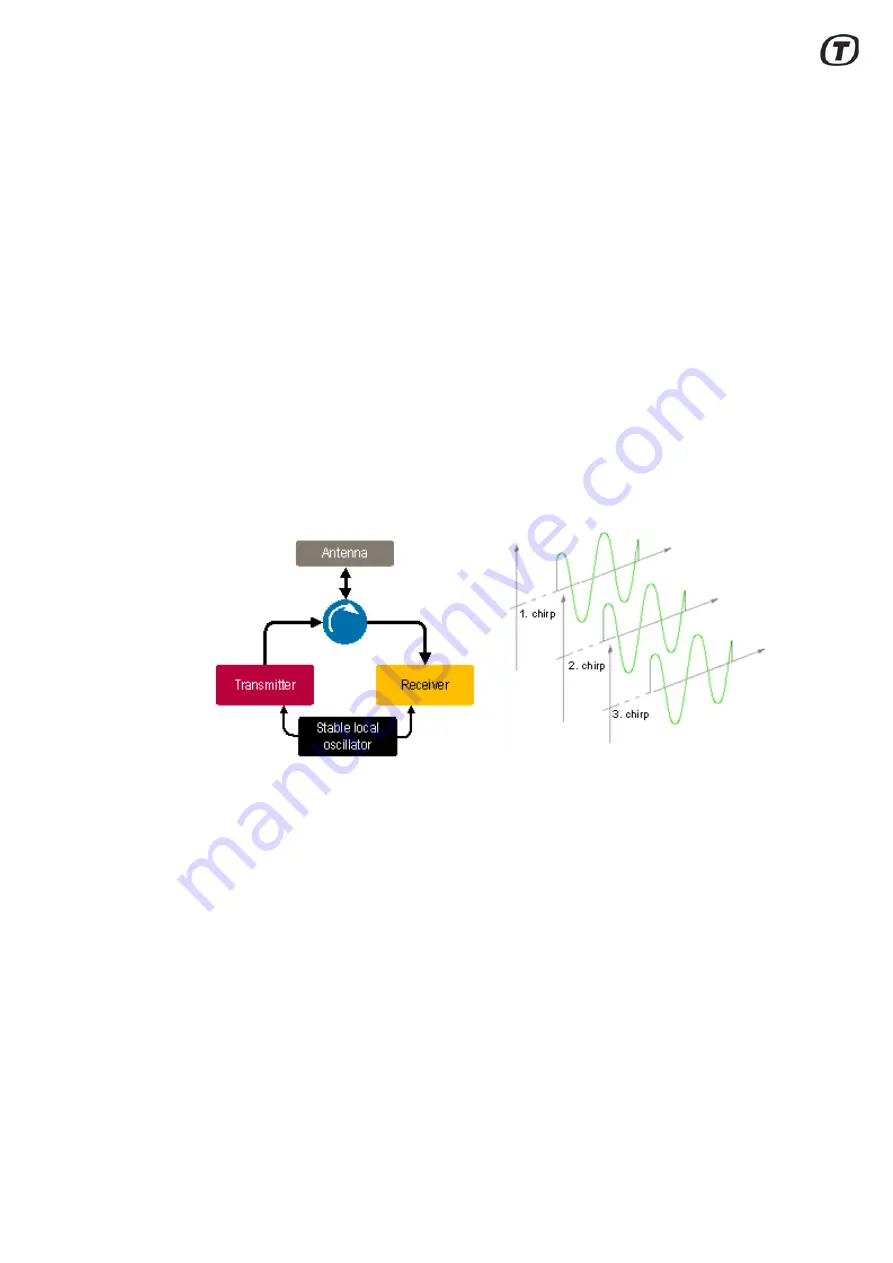
Page 17/62
Rev. A
2017-12-04
SCANTER 1002 Radar System
User’s Manual
1255194-HO
The sensitivity is therefore matched to the actual clutter levels, providing optimum
detection at all ranges and in all directions.
Furthermore, receivers and the processing chain have sufficient dynamic range
and all components provide sufficient resolution to handle the variety of signals
coming from small and large targets at all ranges. This contributes substantially to
the quality of the of the radar images. In addition, high resolution improves discrim-
ination of clutter from wanted targets, thereby allowing the processing to separate
targets from clutter.
3.4
Full coherency
SCANTER 1002 is fully coherent utilizing amplitude and phase information during
transmission and reception. A common, phase stable reference oscillator is used
for transmission and reception. Coherency enables pulse compression and allows
the receiver to compare the phases of the received echoes from chirp to chirp and
thereby detect if targets are moving or not, utilizing the Doppler shift.
In order to detect moving targets, SCANTER 1002 also includes Doppler process-
ing. This improves detection of targets moving radial (moving in range) and with a
radial speed different from clutter.
Fig. 3.2 Coherency principle
3.5
Pulse compression
A compact solid-state radar with low power consumption, SCANTER 1002 has a
limited peak power. In order to illuminate a target with sufficient energy for detec-
tion, it has to transmit long pulses. Unless some clever processing is used, this
would lead to a significant loss of range resolution. The SCANTER 1002 transceiv-
er utilizes frequency modulation (chirping or frequency sweeping) and pulse com-
pression to increase the range resolution as well as the signal-to-noise ratio.
When closely separated targets reflect these chirps, the frequency content of the
echoes from different targets at a given time will be different, as illustrated in
Fig. 3.3 (p. 18)
.

